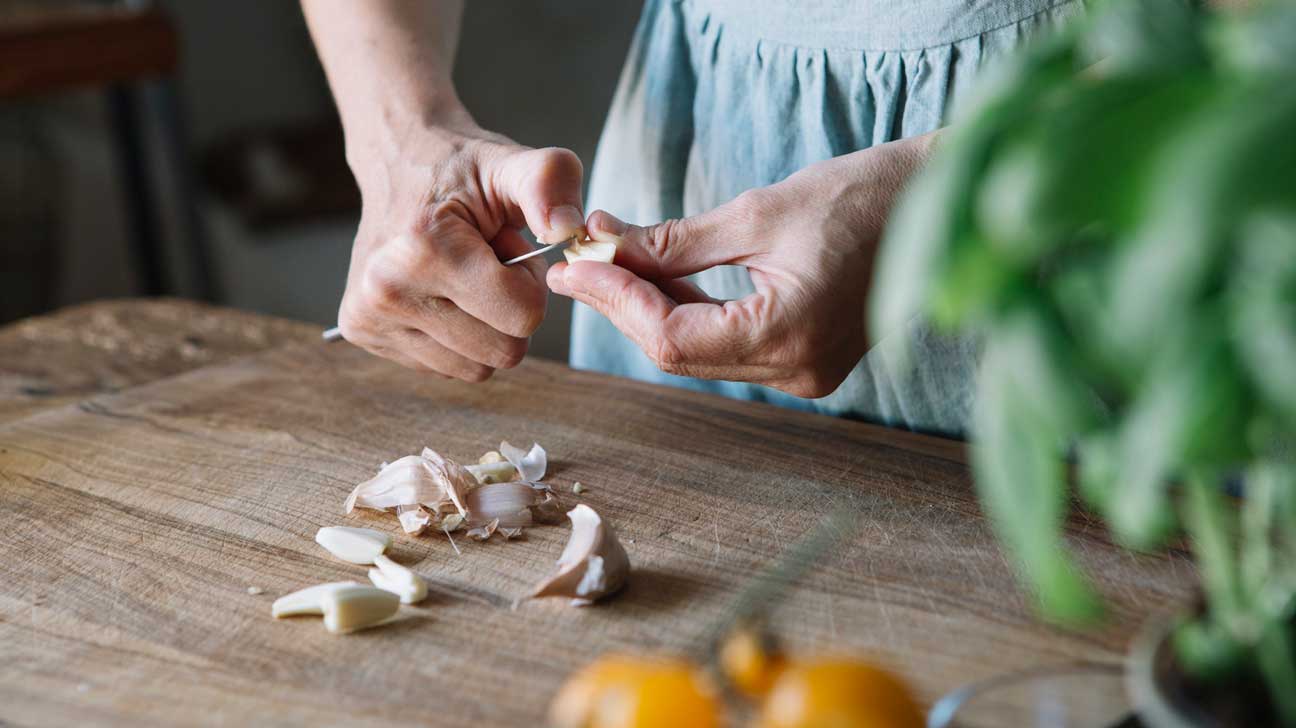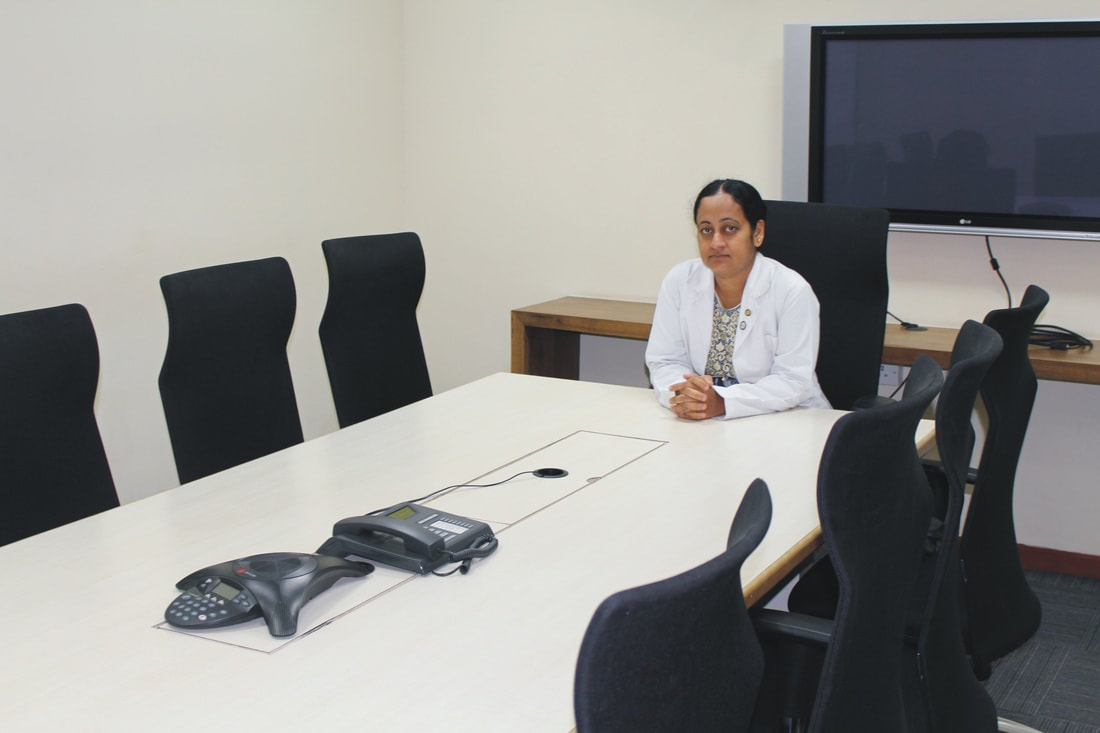|
Diabetes is one of the leading causes of death and there are more than 400 million people suffering from diabetes worldwide most of them belonging to developing countries. The global diabetes rates have risen from 4.7% in 1980 to 8.5% in 2014 and according to WHO estimates, diabetes was the seventh leading cause of death in 2016. Diabetes is hereditary and those with family members suffering from diabetes are at an increased risk of the illness but there is no hard and fast rule that says that people with a family history of diabetes are sure victims to the disease. Its only that their risk is one step higher than the rest of the population. But with regular physical activity, normal body weight and diet schedules it is always possible to prevent or delay the onset of type 2 diabetes mellitus (T2DM) which is more frequent in overweight young adults and aged populations. T2DM has the ability to leave the patient with increased risk of heart attacks, strokes, kidney failure, foot ulcers and diabetic retinopathy. There have also been statistical data showing that one of every four diabetes patients suffer from depression which in turn could increase the risk of T2DM-related complications. Once a patient’s blood sugar levels are higher than normal levels the patients are started on diabetes medications. Medicines are dispensed to reduce the risk of even those individuals who are in a pre-diabetes stage where regular physical activity, exercise and an active lifestyle would definitely help in controlling sugar levels greatly and this is due to the flexibility and low-cost nature of drugs. Once you start your body on anti-diabetes meds it’s going to remain likewise for a lifetime.
Metformin is presently the first choice of medication along with diet and lifestyle changes for treating type 2 diabetes as it helps in lowering fasting plasma insulin concentrations, total and LDL cholesterol and free fatty acids. Metformin is used as a preventive medicine for middle-aged obese individuals. Still, we are unable to do anything about the long-term complications of the drug. With the ever-increasing diabetes rates, it is necessary to come with solutions that are safe, cost effective and above all, provide excellent glycemic control. When we talk about all these qualities in a solution what’s better than alternate medicines and natural therapy? Even the World Health Organization Expert Committee on diabetes has recommended the research of traditional herbs for coming up with solutions for treating diabetes mellitus, the most common of them include Allium sativum (garlic), Ginseng species, Momordica charantia (bitter melon), Trigonella foenum-graecum (fenugreek) and A. cepa (onion). Garlic is an ingredient that has ruled our kitchens for thousands of years being one of the oldest plants cultivated. It also finds itself useful as a therapeutic agent thus occupying a permanent spot in our lives-it contains compounds such as allicin (exhibits hypocholesterolemia), is an antioxidant, hypotensive, anticoagulant and also has antithrombotic effects. It’s been seen that consuming 10 g of raw garlic per day along two meals for six weeks helps in reducing blood glucose and HbA1c levels in patients with diabetes mellitus and we have research also showing that consuming garlic helps in improving blood HDL-cholesterol levels. There are also studies showing the beneficial effects of garlic in reducing blood pressure levels, risk of cardiovascular disease and colorectal cancer. Garlic is surely a hot-selling cake in the research world as its being studied more and more with respect to blood sugar management. A bunch of randomized control trial (RCT) were conducted in the last decades to see its effect on blood sugar management. While we don’t have a thorough analysis the study here is a meta-analysis of all the available RCTs to understand the functioning and efficiency of garlic supplements/extracts in controlling T2DM and its impact on total cholesterol, triglyceride, high density lipoprotein (HDL) and low-density lipoprotein (LDL). A Meta-analysis on the Effect of Garlic Extracts The meta-analysis was reported using PRISMA guidelines and online searches were conducted in PubMed, EMBASE, Cochrane Library and China National Knowledge Internet (CNKI). Search terms were included after careful research and finally, eligible studies were included based on different criteria and duration of garlic administration. The search yielded 226 abstracts of which 216 of them were rejected as they did not meet study criteria. Finally, only 10 articles were involved in the study and this included 430 patients in the garlic group and 338 T2DM patients in the control group. Fasting blood glucose (FBG) levels were between 6.2 mmol/L to 12.2 mmol/L. Five therapies included monotherapy of garlic for T2DM that was diagnosed newly and four trials included therapy that was a combination of garlic and an oral hypoglycemic drug for T2DM that was already diagnosed. Garlic doses were between 0.5g to 1.5 g daily administered for anywhere between 2 and 24 weeks. Outcomes were measured from 1 to 24 weeks for FBG, 1-4 weeks for plasma fructosamine and 12-24 weeks for HbA1c. Effect on FBG: FBG reports were mentioned in 7 trials. Depending on the duration of garlic administration patients were put into any one of the five subgroups: short-term (≤8 weeks) and medium-term (>8 weeks) periods. In short-term subgroup, meta-analysis results in 1-2 weeks, 3-4 weeks and 6-8 weeks showed that garlic consumption showed evident reduction in FBG levels compared to controls. In the medium-term subgroup too, garlic helped in reducing FBG levels at 12 and 24 weeks compared to control group. Effect on plasma fructosamine: This was reported in two trials. Meta-analysis results in 1-2 weeks and 3-4 weeks showed significant reduction in plasma fructosamine levels in the garlic group compared to the control group. Effect on HbA1c: 2 trials reported on HbA1c. Meta-analysis in 12 and 24 weeks showed that garlic reduced HbA1c levels in garlic group compared to control group. Effect on Other Indexes: Postprandial blood glucose levels also reduced significantly after garlic consumption compared from 2 weeks to 12 weeks. C-peptide was higher in garlic group. Effect on blood liquids: Cholesterol, triglyceride, HDL and LDL were compared in 1-2 weeks, 3-4 weeks and 12 weeks. Triglyceride levels reduced in 3-4 weeks of garlic consumption and in 12 weeks for total cholesterol and LDL levels. There was an increase in HDL levels in 12 weeks too after garlic consumption. Side effects were almost negligible with three trials reporting five cases of heartburn and one trial reporting two cases of indigestion in the garlic group and one case in the control group. This study clearly shows that garlic consumption has a positive effect in controlling total cholesterol and LDL levels and also in raising HDL levels in around 12 weeks. Dispensing Garlic Supplements along with Diabetes Medications 60 patients diagnosed with diabetes mellitus were split into two groups of 30 each. Those in group 1 (GR1) were given garlic tablets at a dose of 300 mg thrice a day and patient in group 2 (GR2) were given a placebo. Patients in both the groups received metformin tablets at a dosage of 500 mg twice daily apart from the garlic or placebo medication. All the patients were asked to come with 12 hours fasting for lipid profile and fasting blood sugar analysis at week 0, week 12 and week 24 respectively. All other medications were not allowed during the study period and the patients were constantly motivated and monitored for their compliance with healthy lifestyle measures such as regular exercise and diet. Results showed that there was a significant reduction in fasting blood glucose levels in group 1 compared to group 2. Mean age of participants in GR1 was 40 years and in GR2 it was 35 years. One patient in GR1 reported heart burn and consequently left the study, two patients in GR1 and three patients in GR2 were also dropped as they did not come back regularly for monitoring their blood glucose levels, 17 patients in GR1 and 18 patients in GR2 were diagnosed with concurrent dyslipidemia. GR1 showed significantly lesser mean glucose levels and fasting blood glucose levels too. Mean total cholesterol, LDL and triglycerides reduced greatly in GR1 compared to GR2. There was a significant increase in HDL after 12 weeks of study. Effect of Garlic Pills on Pregnant Women Nowadays, pregnant women with diabetes (gestational diabetes) is a common occurrence. Borderline gestational diabetes mellitus (BGDM) is associated with higher chances of caesarian deliveries, preterm birth, macrosomia, preeclampsia, neonatal hypoglycemia and stillbirth. Effective treatment methods for gestational diabetes mellitus (GDM) or BGDM include diet, physical activity and maintaining a normal body weight. Owing to inappropriate eating habits and sedentary behavior we do see a steady increase in the number of pregnant women with gestational diabetes and according to WHO reports, more than three-quarters of the population in developing countries use herbal medicines as their numero uno choice and one-third of diabetes-affected individuals use effective alternative medicines such as garlic. After imposing multiple selection criteria, the final sample size was down to 44 participants each of whom were assigned to the intervention (garlic) or control (placebo) group. The average age of these women was 29.6 years, most were housewives, 56% women were pregnant with their first baby and 90% had no history of abortion. Every participant received 1 pill (either garlic or placebo pill) every day after meals for 8 weeks. While the garlic pill contained 400 mg of dry garlic powder the placebo pills contained starch but giving the same appearance as the garlic pill. Results showed that:
References Effect of Garlic Supplement in the Management of Type 2 Diabetes Mellitus: A Meta-analysis of Randomized Control Trials: https://foodandnutritionresearch.net/index.php/fnr/article/view/1230/4530 Garlic Supplementation with Standard Antidiabetic Agent Provides better Diabetic Control in Type 2 Diabetes Patients: https://www.researchgate.net/publication/51682026_Garlic_Allium_sativum_supplementation_with_standard_antidiabetic_agent_provides_better_diabetic_control_in_type_2_diabetes_patients Effects of Garlic Pill on Blood Sugar Glucose Level in Borderline Gestational Diabetes Mellitus: http://ircmj.com/en/articles/60675.html Comments are closed.
|
AVOID FRAUD. EAT SMART+91 7846 800 800
|
- Home
- Written Testimonials
- Consult
- Clinics
- Blogs
-
Diet & Nutrition
- Diabetes Reversal
- IVF IUI not needed for PCOS PCOD Infertility
-
Medical Nutrition
>
-
Disease & Conditions
>
- Infertility | PCOS
- Diabetes Mellitus
- Cholesterol
- Hypothyroid
- Kidney Problems
- Hypertension
- Cardiovascular Diseases
- Liver Diseases
- Gastro intestinal disorder
- Cancer
- Metabolic Disorders
- Orthopedic Disorders
- Eating Disorders
- Dietary Recall
- Weight Record Filled By Clients
- Online Payment Transaction Details
- Online Clients Weight Check Form
- Our Program Package Service Charges
- Weight Record 2017 Clients
- Measurements sent by Clients
- Terms & Conditions Of Payment
- Thanks. Your Form is Submitted
- Video Testimonials
- Lifestyle & Wellness
- Lifestyle & Wellness Blog
- Allergy & Intolerance
- Weight Loss / Gain
- Weight Loss / Slimming Blog
-
Disease & Conditions
>
- Life Cycle Nutrition >
- Sports Nutrition >
- Integrity in Nutrition
- Knowledge Centre
© COPYRIGHT 2022. ALL RIGHTS RESERVED. FRST HEALTHCARE PVT LTD.
Dr. Nafeesa Imteyaz of First Eat Right clinic, is the Best Dietitian Nutritionist in Bangalore. Best Dietitian Nutritionist in Pune. Best Dietitian Nutritionist in Hyderabad. Best Dietitian Nutritionist in Chennai. Best Dietitian Nutritionist in Mumbai. Best Dietitian Nutritionist in Delhi. Best Dietitian Nutritionist in Kolkata.



